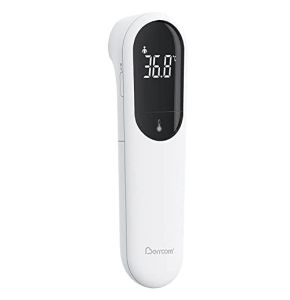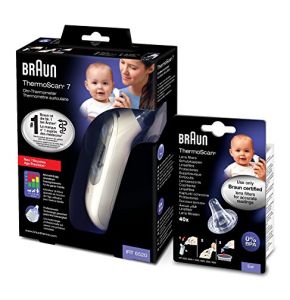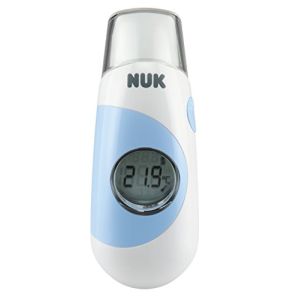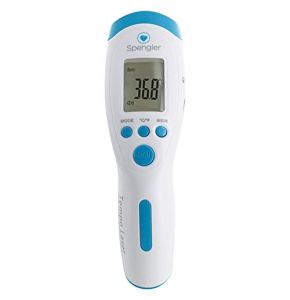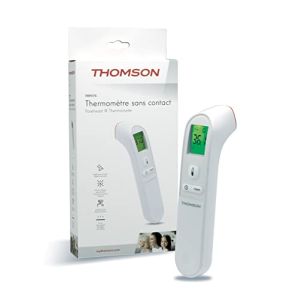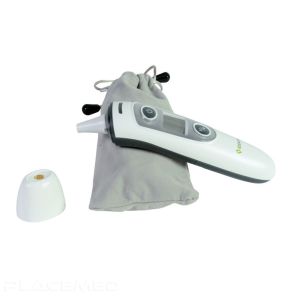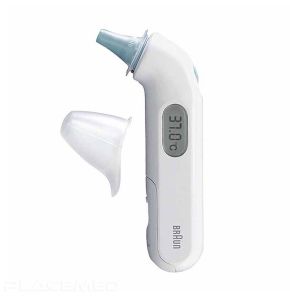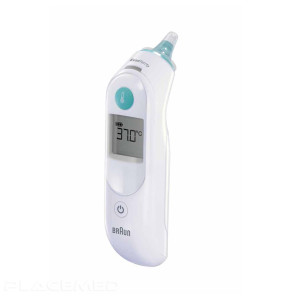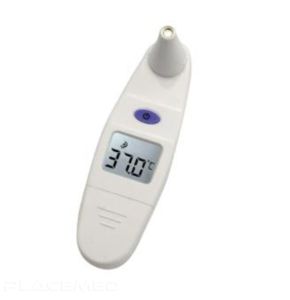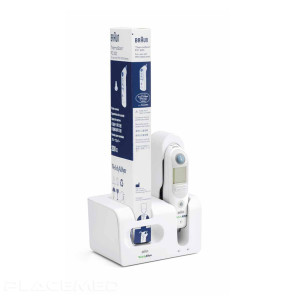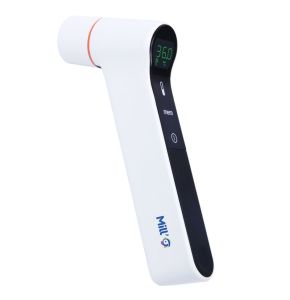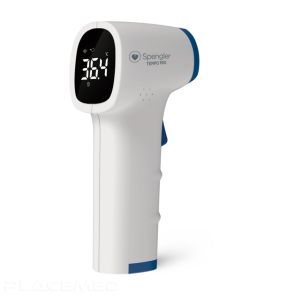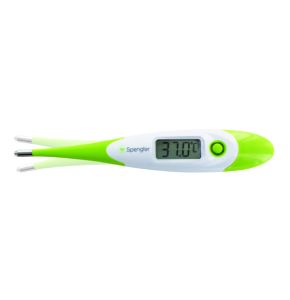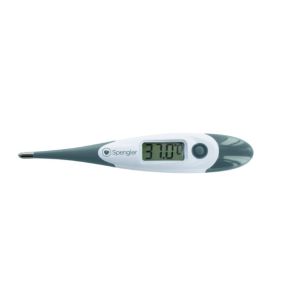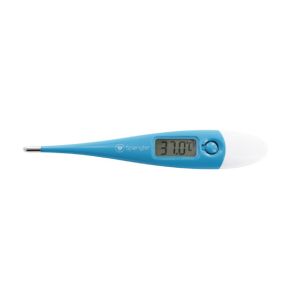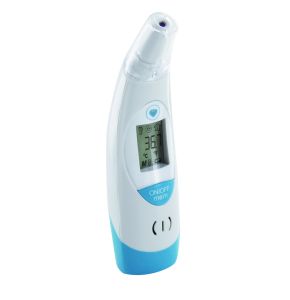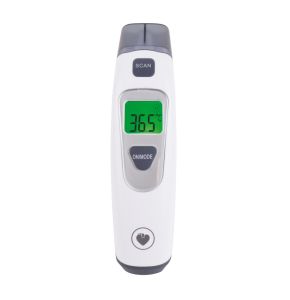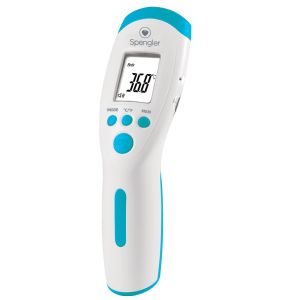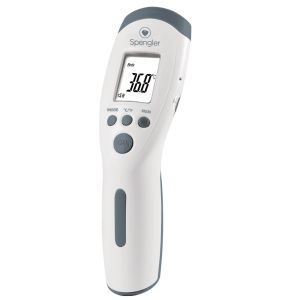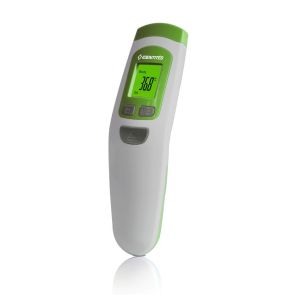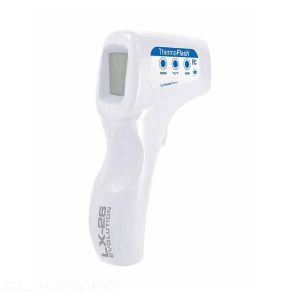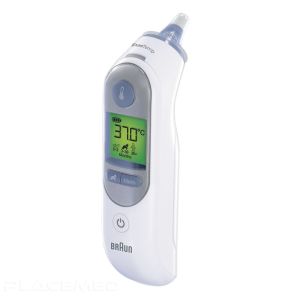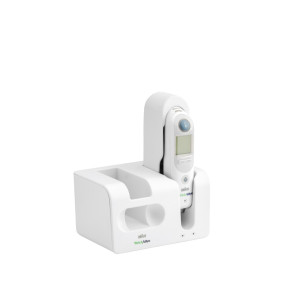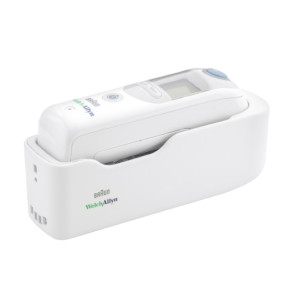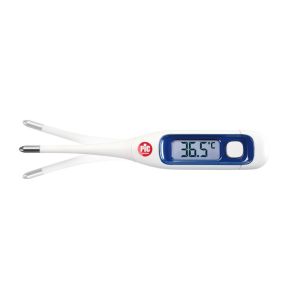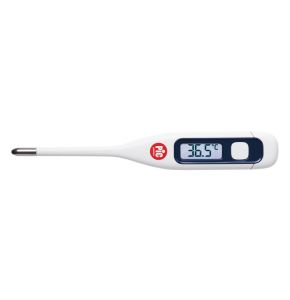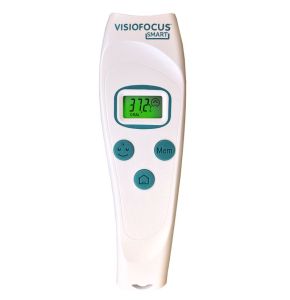Thermometer
Thermometer Certified professional
Thermometer Certified professional
Nuk Flash Baby Thermometer
Thermometer Certified professional
Thermometer Certified professional
Thermometer Certified professional
Thermometer Certified professional
Thermometer Certified professional Braun
Thermometer Certified professional Braun
Thermometer Certified professional COMED
Thermometer Certified professional
Thermometer Certified professional
Thermometer Certified professional
Thermometer Certified professional
Thermometer Certified professional
Thermometer Certified professional
Thermometer Certified professional
Thermometer Certified professional
Thermometer Certified professional
Thermometer Certified professional
Thermometer Certified professional
Thermometer Certified professional
Thermometer Certified professional Braun
Thermometer Certified professional
Thermometer Certified professional
Thermometer Certified professional
Thermometer Certified professional
Thermometer Certified professional
The "medical thermometer" stand on Placemed is for healthcare professionals. We source top French and international brands like Brown and Hartmann to offer quality diagnostic tools. Our range includes forehead, ear, infrared, analog, non-contact, and paediatric thermometers with features like remote readings, digital display, and measurement storage. While some models are suitable for home use, all medical devices on our marketplace are primarily for professional use.
What is a medical thermometer?
Medical thermometers play a crucial role in the healthcare industry by accurately measuring and displaying a patient's body temperature. With its origins dating back to the 16th and 17th centuries, this compact device has undergone continuous evolution to become an indispensable tool for health professionals. Today, there are a variety of medical thermometer models available, including mercury, infrared, electronic, digital, and analog. The most widely used medical thermometers in hospitals and clinics are mercury thermometers, known for their precision and ease of use in measuring auricular or rectal temperature. Although convenient, mercury thermometers can be dangerous if broken and cause injury due to the presence of mercury, which can cause an inflammatory reaction and easily enter the bloodstream. Infrared thermometers are also widely used. Their great advantage is that they can measure the temperature of patients remotely. Electronic thermometers are also very popular with caregivers due to their large, easily readable screen and precision. However, the digital thermometer remains the most popular choice, with a lot of models available for oral, auricular, rectal, or infrared measurement. Each type of clinical thermometer has its own advantages and disadvantages, making it a crucial tool in measuring a patient's body temperature.
How to use a thermometer?
As stated in the prior section, a medical thermometer is typically utilized to determine a patient's body temperature in order to possibly diagnose fever, a common indication of numerous infectious illnesses. There are various methods for utilizing a medical thermometer, which vary depending on the chosen model, as well as the age, health status, and needs of each individual patient. The temperature can be taken from various locations on the human body.
Under the armpit
The method of axillary temperature measurement involves positioning the thermometer probe in the armpit while keeping the arm bent against the chest. This approach is straightforward and convenient to use, however, it is typically not as precise as other methods such as rectal or oral temperature measurement. Additionally, it may take a few minutes to obtain a consistent reading of the measured temperature, which is only the surface temperature of the skin and therefore may be lower than the body's core temperature.
In the ear
Tympanic or ear temperature measurement involves inserting the thermometer probe into the patient's ear canal to measure the core body temperature. This method is both quick and accurate, however, it has two drawbacks. Firstly, it can be challenging to use for individuals without experience or for children with narrow ear canals. Secondly, the results may be influenced by earwax blockages. Currently, it is the most commonly used method for patients over the age of two.
In the mouth
Oral temperature measurement is used to determine body temperature in adults and children over the age of 5. This measurement is performed by placing an electronic or mercury thermometer under the tongue in the mouth and holding it in place for approximately 1 to 2 minutes. In order to obtain an accurate measurement with this method, it is crucial to ensure that the measuring device is in close contact with the side wall of the mouth.
Sur le front
Measurement of body temperature on the forehead is typically performed using non-contact thermometers. This method involves holding the measuring device a few centimeters away from the forehead to obtain an accurate measurement. These medical thermometers utilize some type of infrared sensors to detect skin temperature without the need for physical contact with the patient. It is worth noting that these thermometers can be impacted by environmental factors such as ambient temperature and sweat, so it is important to ensure the measurement area is clean and dry before taking the measurement.
In the rectum
The method of rectal temperature measurement involves inserting an electronic or mercury thermometer into the rectum of the patient, typically an infant or young child. This method is considered the most dependable method for determining core body temperature, although the resulting temperature may vary slightly from the actual temperature due to time lags. Although simple to use, this method can be uncomfortable for the patient and can lead to cross-contamination if proper hygiene measures are not taken.
In summary, clinical thermometers are instruments used in medical settings to determine a patient's body temperature. Depending on the model, they can be used to measure temperature at various locations on the body, such as the ear, forehead, armpit, mouth, rectum, etc. Using this type of device is typically quick and straightforward, however, it is crucial to ensure the measurement area is clean and clear of obstructions to obtain accurate results. Environmental factors, such as ambient temperature, must also be considered as they can impact measurements.
How to choose your thermometer?
To choose a medical thermometer, it is important to take into account several criteria:
- First, check the accuracy and speed of the temperature measurement
- See the ergonomics of the device: the easier it is to use the better
- Check if the device has a memory function to save previous readings
- Finally, look at the price by comparing several models on the marketplace
- Verify that the device has been approved by the health authorities and that it complies with the quality standards in force
Note, however, that the digital infrared thermometer is generally considered the most accurate and fastest, but it can be more expensive than other traditional mercury models.
To go further, we invite you to consult our
thermometer buying guide
on our blog.
Some practical advice on thermometers?
Here are some practical tips for using your medical device:
- Make sure the thermometer is clean before use
- Use a thermometer suitable for the area you want to measure. For example, an ear model is more accurate for ear temperature measurement, a forehead model is more convenient for babies and children, an oral model is more used for the elderly.
- Follow manufacturer's instructions for proper use of measuring equipment
- When using an oral thermometer, make sure the person has not just been drinking or eating, and that they did not speak recently, to avoid measurement errors.
- If you are using an electronic thermometer, check that it is powered on and that the battery is in good condition.
- Never use a thermometer that has been damaged or shows signs of wear.
 Francais
Francais 
 Quote
Quote  Cart
Cart 